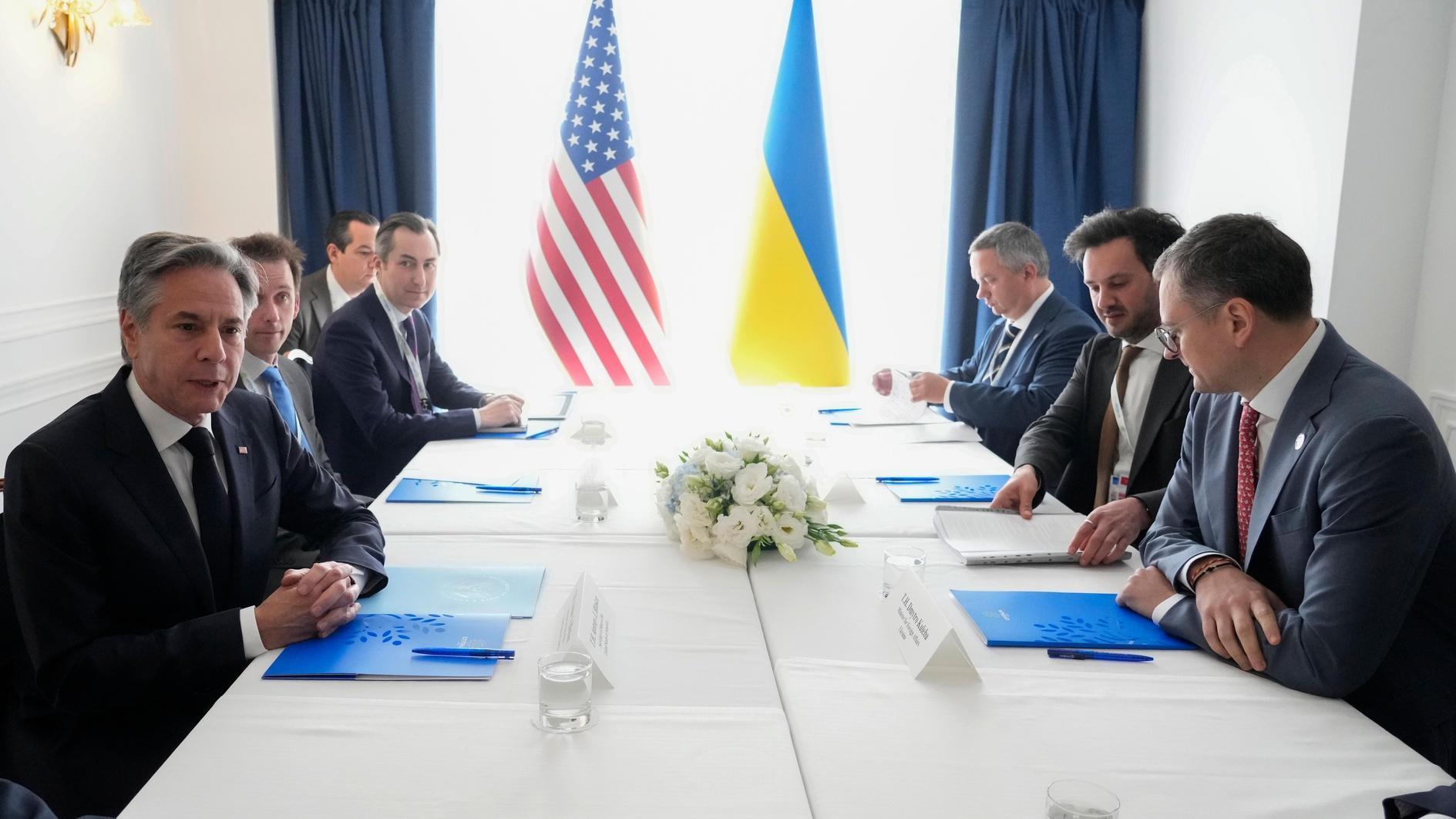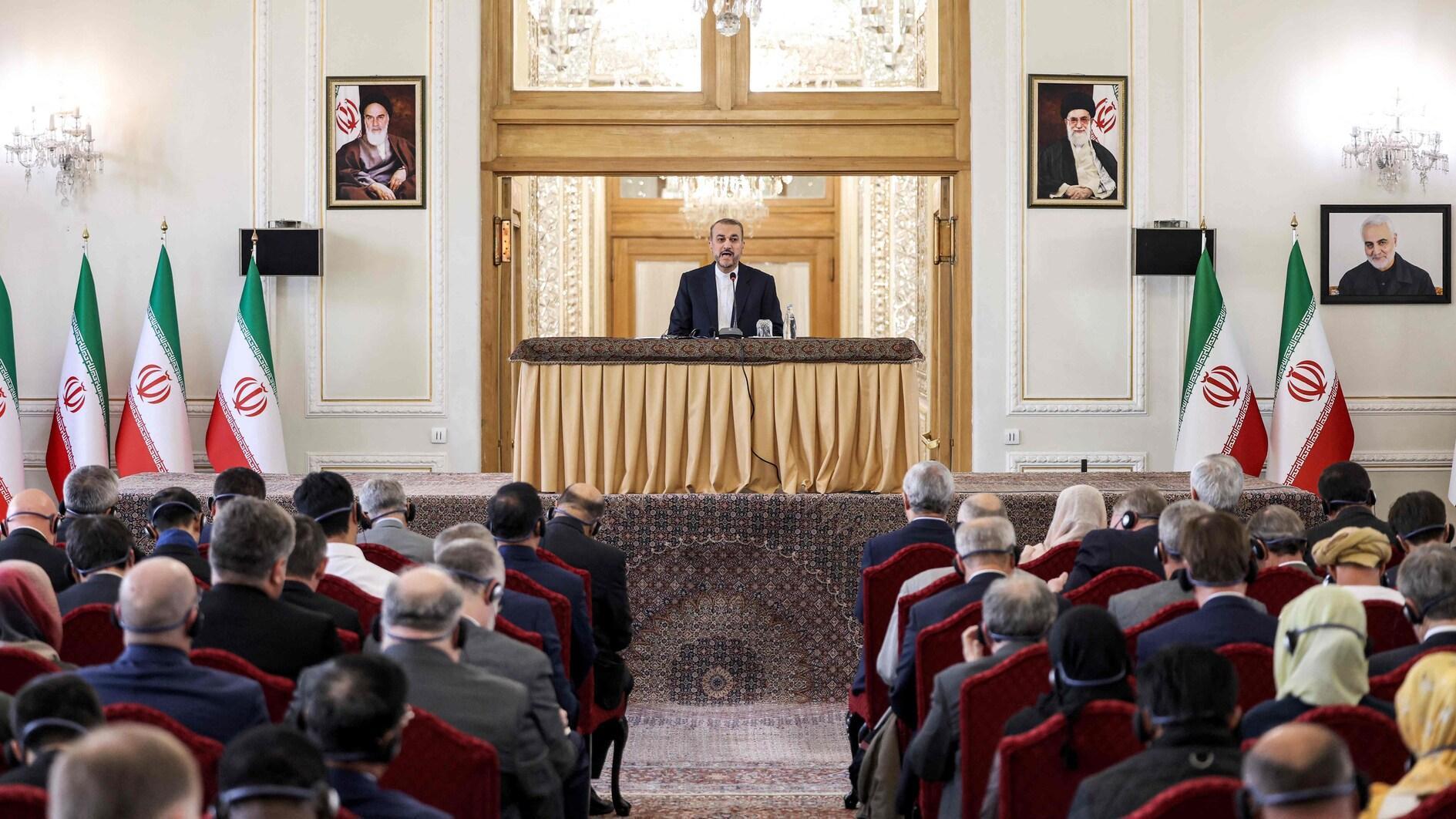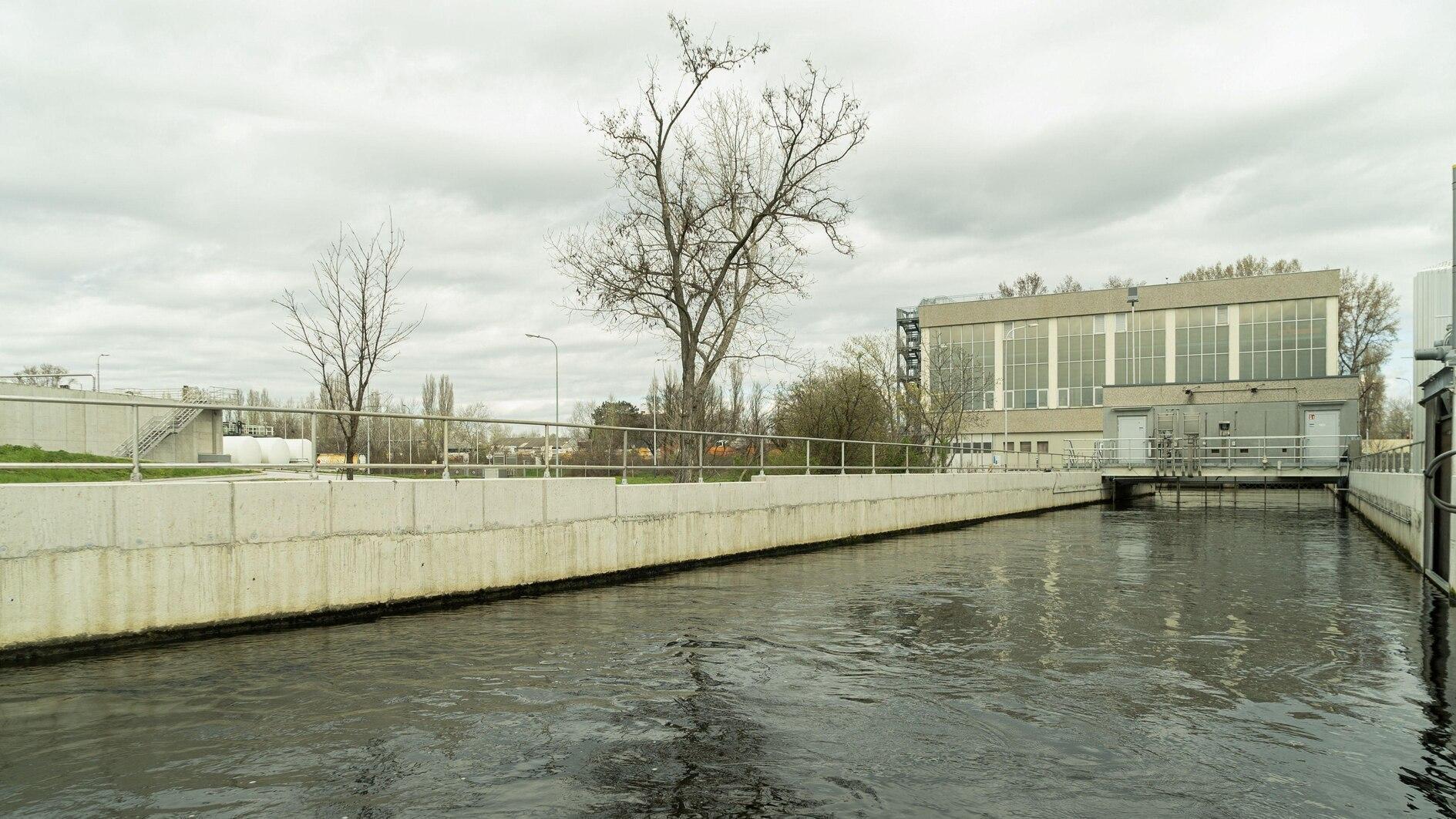Time for Turkey to take strategic maneuvers on Syria?
At the beginning of the Syria war, the main trouble was Bashar al-Assad. It was not only Turkey, but also the U.S. arguing that he would and should be toppled.
But in the due course the Islamic State of Iraq and the Levant (ISIL) advanced massively, even though the U.S. formed an anti-ISIL coalition back in September 2014. Washington turned a deaf ear to Turkey’s insistence on building a safe zone and no-fly zone in northern Syria, and also it did not pursue Ankara’s bid for the train-equip program in a serious spirit. Meanwhile, the Syrian opposition groups backed by Turkey, Qatar and Saudi Arabia have split among themselves.
This has all, in turn, paved the way for ISIL and shifted the U.S.’s attention from al-Assad to this terrorist organization. Washington came to accept the continuation of al-Assad, on the grounds that his removal would most benefit ISIL. In the words of David Ignatius, “The U.S. strategy had an unstated theme: Destroy the Islamic State now; worry about the future of Syria later.” Turkey, on the other hand, continued to insist that al-Assad should go. In short, the gap between Turkey and U.S. widened.
The U.S. has also shut its eyes to Iran’s increasing role and influence in both Iraq and Syria through its Shia militia. What’s more, it signed the nuclear deal with Tehran, which further brought Iran in from the cold.
Russia’s unexpected intervention in Syria in October 2015 further changed the balance of power. Moscow moved along the Iran-Assad axis, taking Syria’s airspace under its control and securing two military bases in the country. Over time, the Russia-Iran-Assad axis became further consolidated.
The U.S. also increasingly enhanced its coordination with Russia. With the Geneva talks gaining speed from last January onward, dialogue intensified to the extent that – as Kremlin Spokesperson Dmitry Peskov stated last week - Moscow and Washington are currently talking twice daily.
Today, the Syrian Democratic Forces (SDF), which are dominated by the People’s Protection Units (YPG) and backed by the U.S., are launching an offensive in Raqqa, ISIL’s capital in Syria, from the north. The Russia-Iran-Assad forces, on the other hand, are fighting for Raqqa from the south of the city. This is widely considered a fight between the U.S. and Russia, but in fact Washington’s foremost priority today is for ISIL to be expelled from Raqqa. Moreover, the direction of developments to date indicates that the indirect cooperation between the U.S. and the Russia-Iran-Assad axis is likely to evolve into a direct and transparent one.
Meanwhile, just as the U.S. has relied on the Shiite militia in Iraq that are currently launching the biggest operation in the country (Fallujah), it has started to rely on the Democratic Union Party (PYD) and its military wing the YPG in Syria. However, the PYD and the YPG are considered by Turkey to be the Syrian affiliate of the outlawed Kurdistan Workers’ Party (PKK).
Despite this, Washington has enhanced its cooperation with the PYD, paying no attention to Turkey’s warnings that “the PYD must not move to the west of the Euphrates.” This had been declared a red line by Turkey, as it might pave the way for an autonomous Kurdish entity along Turkey’s southern borders. Furthermore, the U.S. has even rejected Ankara’s offer that it should “abandon the PYD and let Turkey fight together with the opposition groups in Syria.”
In short, the military force representing the U.S. in Syria today is Turkey’s foremost enemy. As a result, the two countries have become the two opposite ends of the pendulum.
In the meantime, the PYD’s bid to found a federation has become much more concrete and realistic. Under the roof of the SDF and coupled with the U.S. air support, the PYD is just about to seize from ISIL Manbij, a crucial swathe of northern Syria. If the PYD does not withdraw from Manbij afterward, this might end up in the unification of the cantons of Afrin and Kobane, i.e. the formation of a federation. On top of this, the PYD might also integrate Raqqa with Rojava (northern Syria) if it is able to seize the city from ISIL.
Beyond all this, U.S. President Barack Obama’s special envoy for ISIL, Brett McGurk, just wrote on his Twitter account that “the border between the Iraqi Kurdistan Region and northern Syria is opened for humanitarian trade and commerce.” The extent of the threat has thus grown massively in the eyes of Turkey.
There is only one actor who will be as bothered as Ankara by the “uncontrollable rise” of the PYD: Al-Assad. This will soon expose Ankara to a strategic junction: Will Turkey slowly start to side with the Syrian regime against the PYD? Will it indirectly coordinate with and engage in dialogue with the al-Assad regime? Secondly, will it try to minimize the side effects of its “strategic disconnect” with the U.S. by trying to meet the Russia-Iran-Assad axis halfway? Last but not least, will it try to decrease the “PYD gap” with the U.S.?
Rockets are being fired by ISIL across Turkey’s southern border every day. ISIL blows up bombs within the country. Iraq and Syria are dissolving right across from Turkey’s borders. And the PKK is being fed by the Kurds’ success in Rojava. The only way to deal with all these existential threats is to find and create partners in the countries where these threats are coming from.
The gap between the U.S.’s stance five years ago and now is more than clear. Moreover, over the course of the war in Syria, Washington has succesfully turned its “enemies” such as Russia and Iran into “partners.” Great states are certainly the ones that manage to make strategic maneuvers in the face of changing balances of power on the ground.











